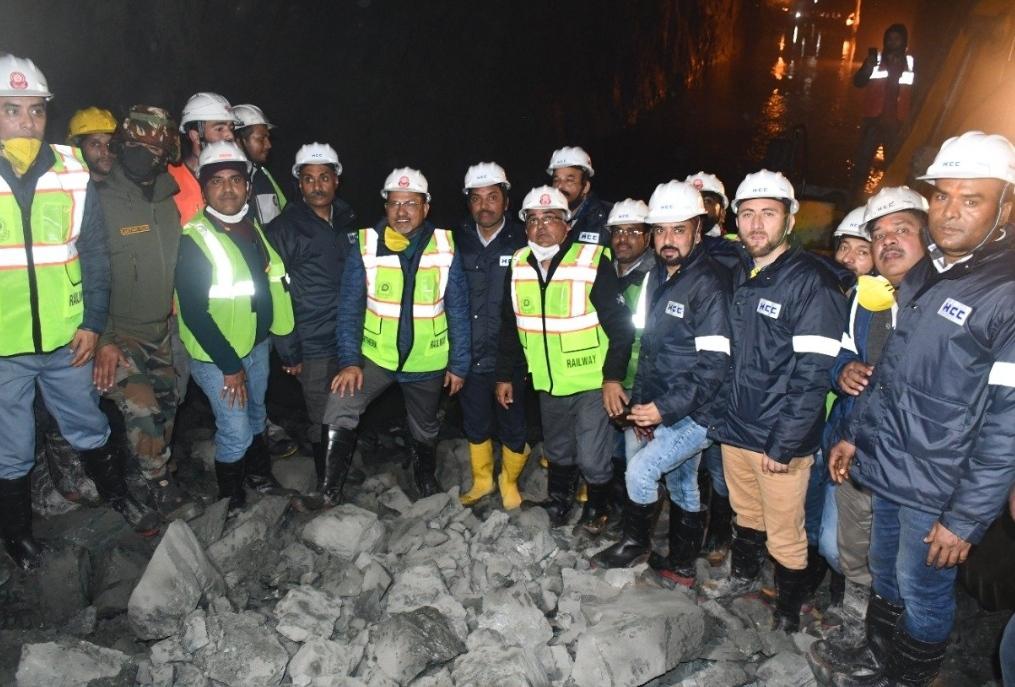In a major breakthrough development, the main tunnel of the Katra-Banihal section called T-49 was successfully connected between the Sumber and Arpinchala stations on Tuesday, as per the statement by the Northern Railways.
Once it gets finished, the USBRL (Udhampur-Srinagar-Baramulla Rail Link) mega project will be the longest tunnel of the Indian Railways. The Northern Railways released a statement stating that a major milestone had been achieved by the execution of the Tunnel T49 between the Sumber and Arpinchala Station on the ongoing Katra-Banihal Section. It further said that it was worthwhile to mention that the line and level of this tunnel were precisely achieved in a breakthrough.
The Tunnel T-49 is approximately 12.758 kilometres long and is all set to become the longest tunnel of Indian Railways and it will be surpassing the 11.2 kilometres long Pir Panjal Tunnel located on the Banihal-Qazigund section. The south portal of the T-49 tunnel is located in the Sumber village at a distance of 45 km from the district headquarters of Ramban in the state of Jammu and Kashmir at an altitude of around 1400 metres.
While the north portal of the tunnel is located near Arpinchala village of tehsil Khari in the Ramban district, in the Mahu-Mangat Valley at an altitude of around 1600 metres. This longest tunnel of the nation has 2 tubes, one is the main tunnel and an escape tunnel. It has been constructed by the NATM (New Austrian Tunneling Method), which uses a modern blast and modern technique. The cross-section of the T-49 tunnel has been modified in a horseshoe shape.

According to the international standards, the escape tunnel has been constructed parallel to the main tunnel which is connected by cross passages at an interval of around 375 metres to facilitate the rescuing and restoration work. The overall Udhampur Srinagar Baramulla Rail Link Project is estimated to be 272 kilometres long. 161 kilometres of this project has already been commissioned and operationalised so far.
Around 111 kilometres of the stretch between the intervening Katra-Banihal section has been under progress at a rapid pace. This section of the project is particularly difficult because of its terrain in the lower Himalayas, as per the Railways. According to the Railways, this is a section that is studded with major bridges and long tunnels which are under construction at various stages.
Despite facing a number of challenges during the construction including the shear zone, highly jointed rock mass, perched aquifer, rock problems of squeezing and the high ingress of water, the team of extremely talented and experienced engineers have successfully achieved this massive breakthrough.









